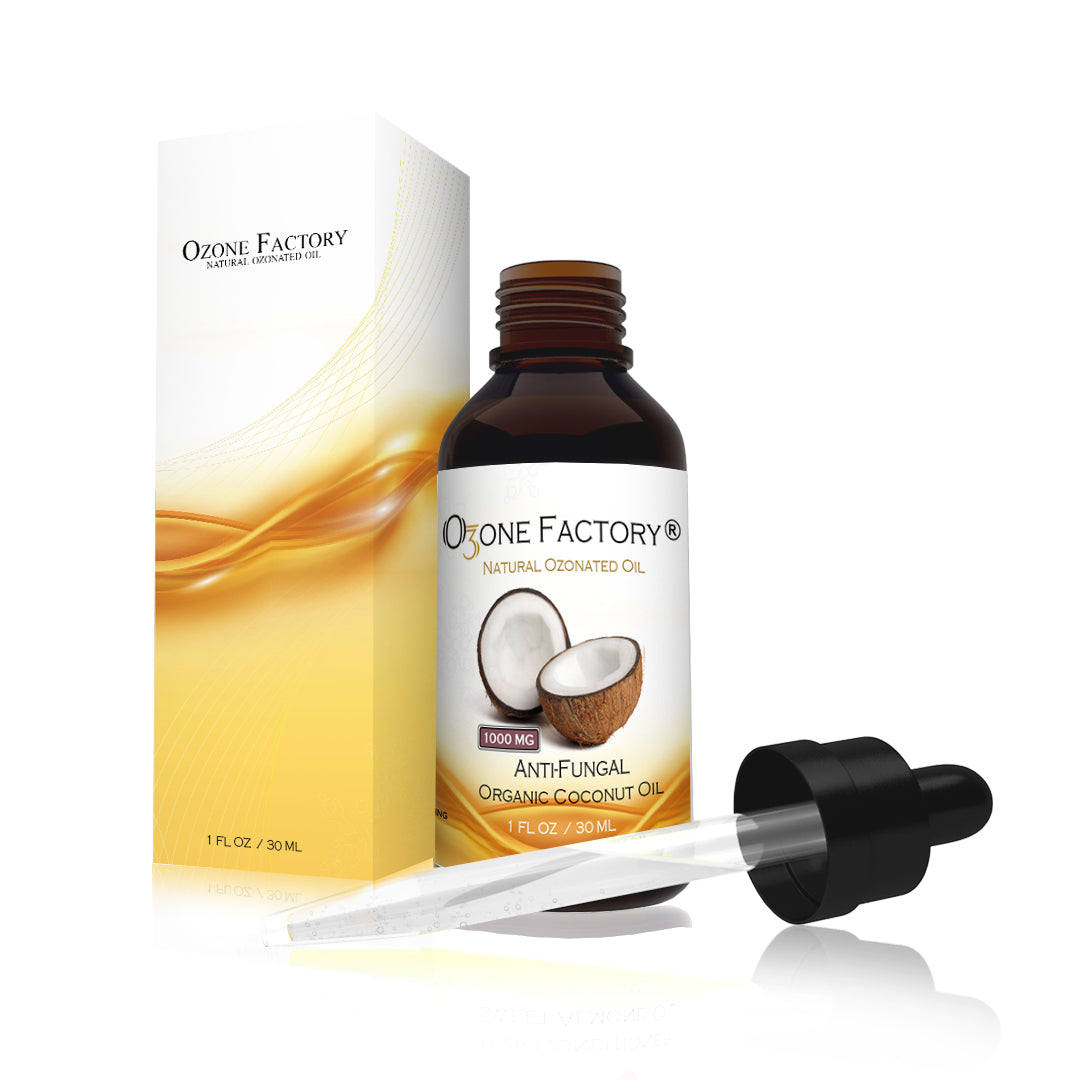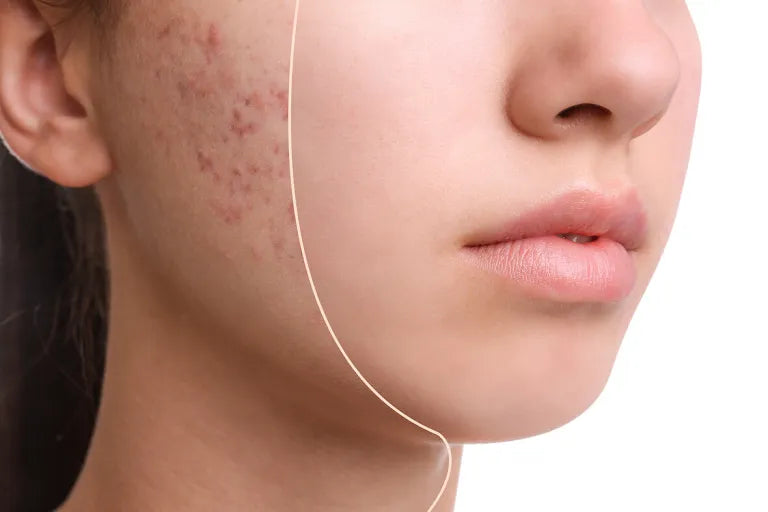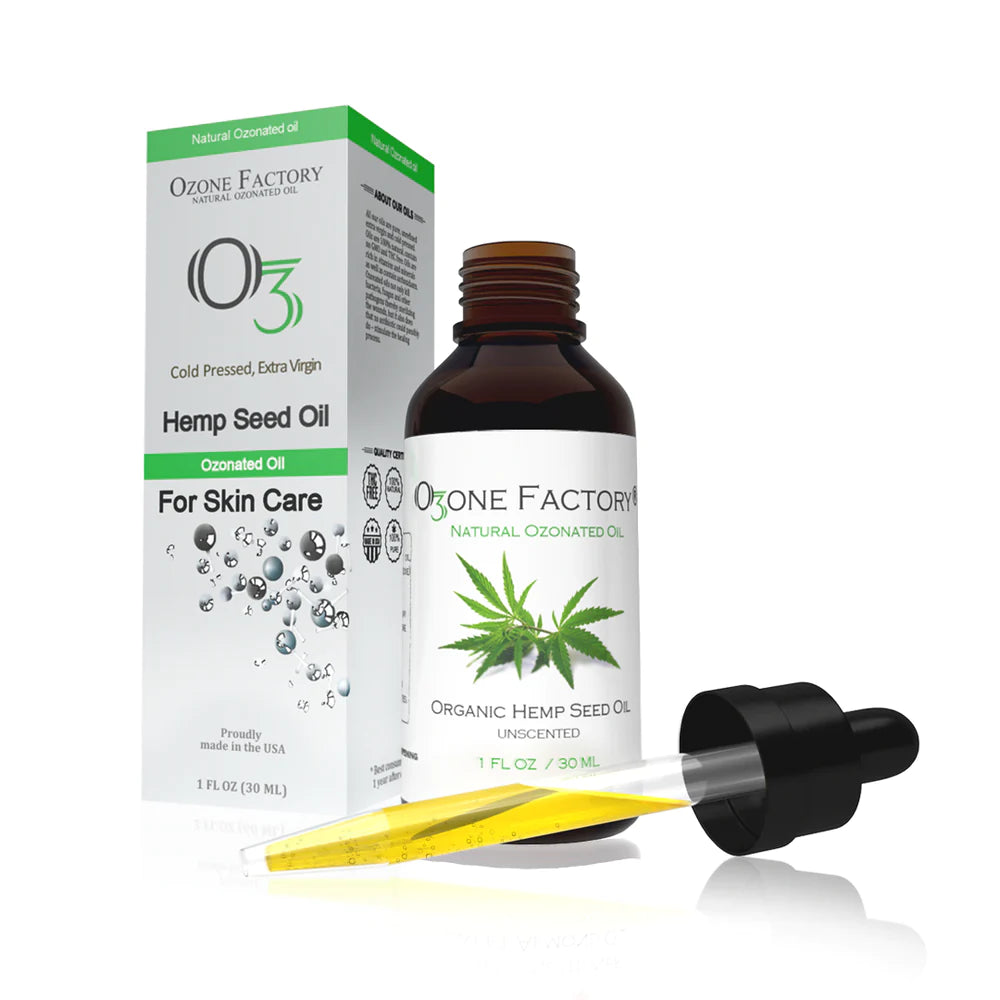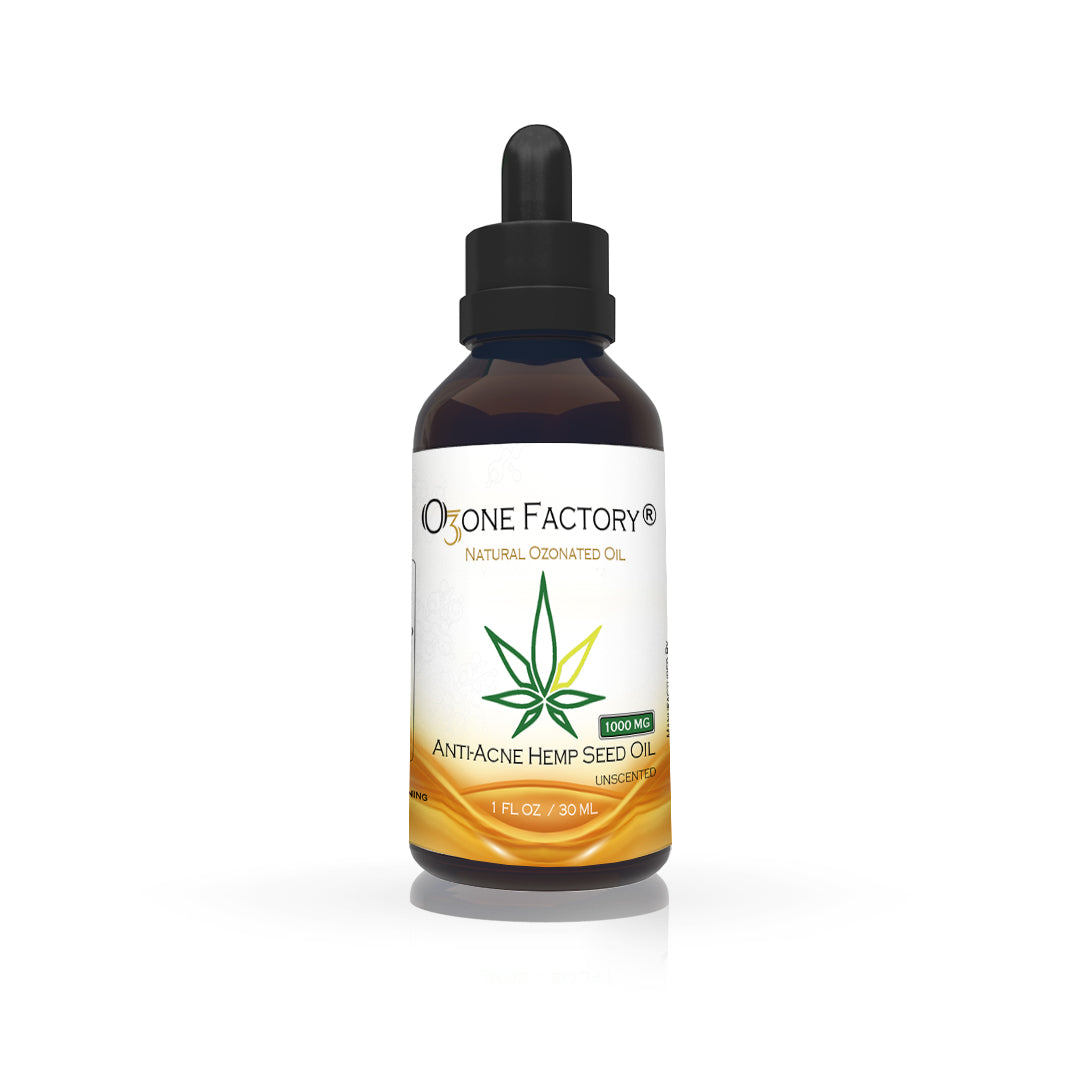
This article is a third part of the series of articles with the generic "Science behind ozone therapy". In this part we want to describe how ozone interact and change effect of ROS and its benefic effects.
Ozone, the triatomic oxygen, synthesized in the stratosphere to protect us from excessive UV radiation, can be precisely produced with a medical generator but it is up to us to use it proficiently as a real drug. As ozone is one of the most potent oxidants; the third in the chemical scale, we must learn how to tame it and the scope of this article is to define its therapeutic coefficient, or, in simple words, to distinguish the therapeutic from the toxic dose. When you ask physicians how ozone acts, you receive odd answers: a favoured one is the esoteric idea that ozone, during its decomposition to oxygen, will transfer some energy to the body thus invigorating it, and another is that ozone will be absorbed and, after entering into the cells, will turn them on. In comparison to other complementary approaches based on philosophical postulations or unverifiable hypothesis, a positive characteristic of ozonetherapy is that it can undergo the most objective scientific investigation carried out with normal biochemical, pharmacological and clinical methods. It has been unfortunate that for several decades, empiricism and the lack of basic studies have delayed an understanding of the mechanisms of action. Moreover, dangerous, even deadly infusion of ozone by quacks, a good dose of prejudice and the inconsistent dogma that “ozone is always toxic” are responsible for the strong and dull opposition of conventional medicine to the use of ozonetherapy.

At the moment is important to try schematically to demonstrate that ozone obeys perfectly well to common physical, chemical, physiological and pharmacological notions and that its activities modulating several cellular functions are already known.
First of all, ozone, as any other gas, readily dissolves in the water either of the plasma (the liquid part of blood), or into the extracellular fluids, or into the thin layer of water covering the skin and particularly the mucosae of the respiratory tract, gut, vagina, etc. At normal temperature and atmospheric pressure, owing to its high solubility and depending upon its relative pressure, ozone dissolves into the water but, unlike oxygen, DOES NOT EQUILIBRATE with the ozone remaining in the gas phase. This happens because ozone, being a potent oxidant, REACTS IMMEDIATELY with a number of ions and biomolecules present in biological fluids, namely antioxidants, proteins, carbohydrates and, preferentially, polyunsaturated fatty acids (PUFAs) bound to albumin. In fact phospholipids and cholesterol present either in cell membranes or/and lipoproteins are shielded by antioxidants and albumin molecules. 
The reaction of ozone with so many molecules implies several fundamental processes occurring atthesametime:someoftheozone dose isunavoidably consumed during oxidation of ascorbic and uric acids, sulphydryl (SH)-groups of GSH, proteins and glycoproteins present in the water of plasma. The other fundamental and well characterized reaction is known as “LIPID PEROXIDATION”. In the hydrophilic plasma environment, one mole of an unsaturated olefin (particularly arachidonic acid transported by albumin or present in plasma triglycerides and chylomicrons)and one mole of ozone give rise to two moles of aldehydes and one mole of hydrogen peroxide (H2O2).

These reactions, completed within seconds, use up the total dose of ozone that generates hydrogen peroxide, and a variety of aldehydes known as LIPID OXIDATION PRODUCTS (LOPs).

The scheme helps to imagine the multiplicity of substrate reacting with ozone dissolved in plasmatic water. Small circles,triangles,and squares symbolyze hydrosoluble antioxidants present in 100 ml of human blood (uric acid 4.5 mg/dl, ascorbic acid 1.5 mg/dl, glucose 80 mg/dl, etcy). Large albumin molecules(4,000 mg/dl)exposing –SH groups form a cloud over the cell membrane and protect it. Molecules such as transferring and ceruloplasmin bind Fe3+ and Cu+ and prevent formation of OH–. The exogenous addition of 4–8 mg of ozone to 100 ml of blood is transitory and controlled by antioxidants. In contrast, the endogenous production of ROS is continuous and barely quenched by intracellular antioxidants
The following scheme has been drawn to depict how ozone dissolved in water reacts simultaneously with hydrosoluble antioxidants and lipids bound to albumin. It also shows how ozone, at therapeutic concentrations, cannot reach the phospholipids bilayer constituting the erythrocyte membrane well shielded by albumin molecules. It appears obvious that artificial experiments performed with saline-washed erythrocytes have shown a damage to the cell membrane and it is unfortunate that these results have wrongly led to believe that ozone is cytotoxic.
Therefore, in the near future, we will be posting a series of articles here to provide you with the information you require in order to ensure that you achieve the goals you have in mind for your ozonated oil. We will be posting articles that obtain their information from documented studies and professional information. The internet is full of contradictory information regarding ozonated oil - we aim to provide you with simple, clear, and precise information. Stay Tuned.







The global albumin market is estimated to reach $307 Million in 2021, expanding at a CAGR of 2.4% from 2017 to 2021. The global albumin market segmentation is based on type (human serum albumin, bovine serum albumin, recombinant albumin), and its applications (drug formulation and drug delivery, vaccines, components of media). The global albumin market report provides market size (Revenue $Million 2014 to 2021), market share, market trends and forecasts growth trends (CAGR%, 2017 to 2021). https://www.ihealthcareanalyst.com/report/albumin-market/